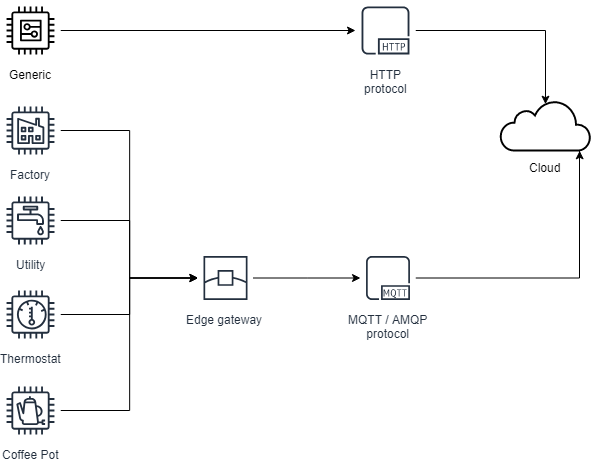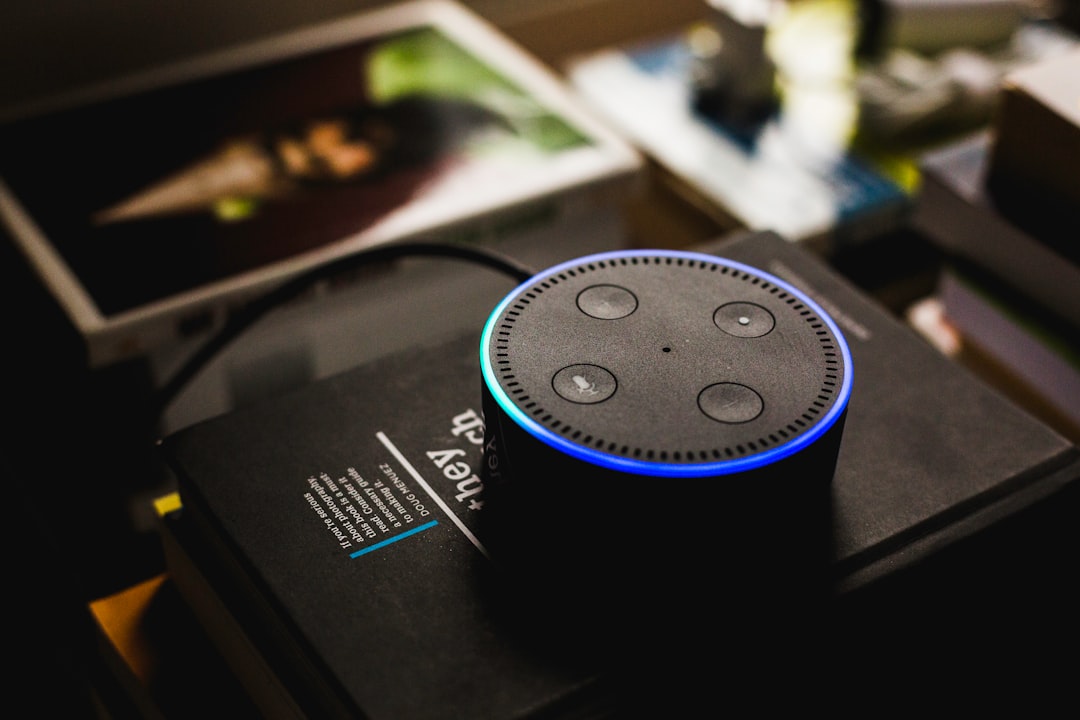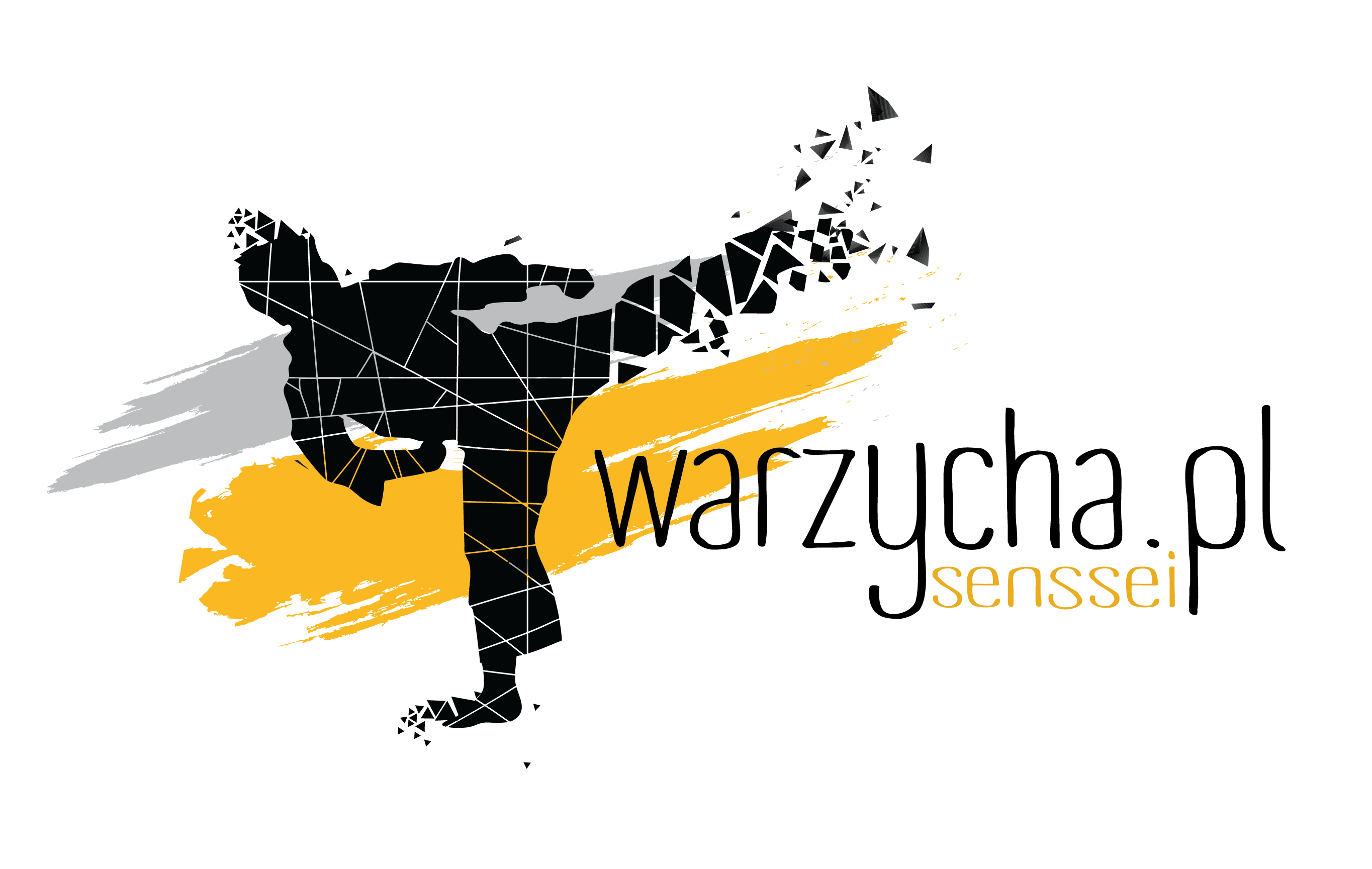Intro
Industry 4.0, Internet of Things IoT, Digital Revolution, are common buzzwords that have been striking through multiple press releases, demos, and events for the last 2-5 years. This trend is observable not only in business environment such as global manufacturing companies but also on a smaller scale, in areas like smart-cities, health care, home automation, and many others.
Photo by Andres Urena / Unsplash
In this article series I will get you through the main concepts of IoT and intoduce some leading technologies as well as implementation of those concepts in practice.
Let's start with a high-level overview. Most of the existing IoT solutions use this basic model.

We have data ingestion, then data storage and the end of it some data processing. This is the most common flow regardless of how much complicated it may seem at the first glance.
Data ingestion
On this layer, we focus mainly on the IoT system to push the data to some kind of storage. It could be the cloud, but also private data storage or temporary cache. This part depends highly on network capabilities and security of a sensor as a device.
Let us focus on cheap low-end devices like temperature sensors as i.e. TMP36 or even more complex systems with Serial (RS-xxx) communication capabilities.
By default, such a sensor does not possess any network interface such as Wifi or Bluetooth. The lack of this feature can be easily compensated by utilizing edge computing to act as an enabler for those devices.

The approach described above also applies to the situation when you plan an additional level of security or processing capabilities that otherwise would be difficult to integrate or maintain in the future.
Second crucial consideration would be the standardization of the communication layer.
In case of protocol - queue based AMQP and MQTT would prove to be more malleable and useful than plain HTTP regarding large quantities of time-series data.
Industry standards in device communication like Modbus, KNX and OPC should also be recognized as a valid way to enable legacy devices.
So it is essential to give support to a wide range of standards to have the ability to map this data in a straightforward manner.

